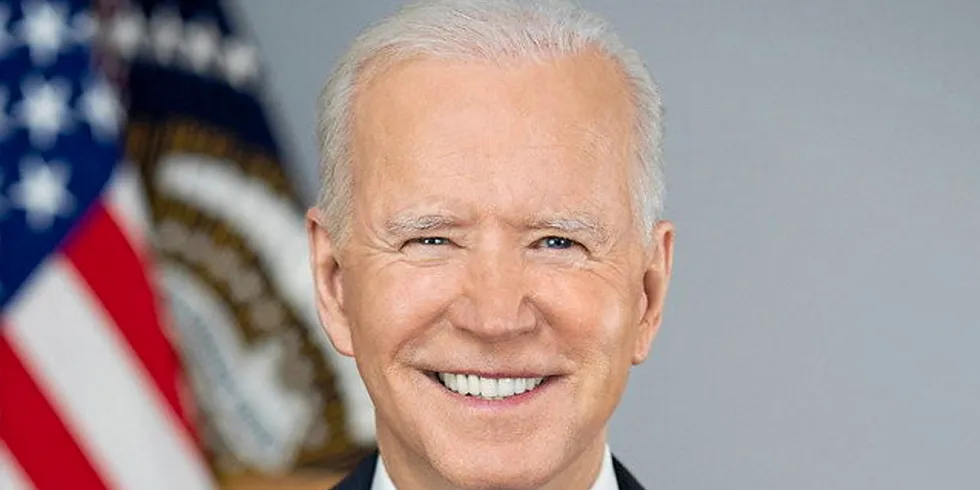US House passes 'historic' climate bill bringing $369bn windfall for clean energy
Landmark legislation boosting wind, solar – and especially green hydrogen – on its way to President's desk for signature

Landmark legislation boosting wind, solar – and especially green hydrogen – on its way to President's desk for signature
